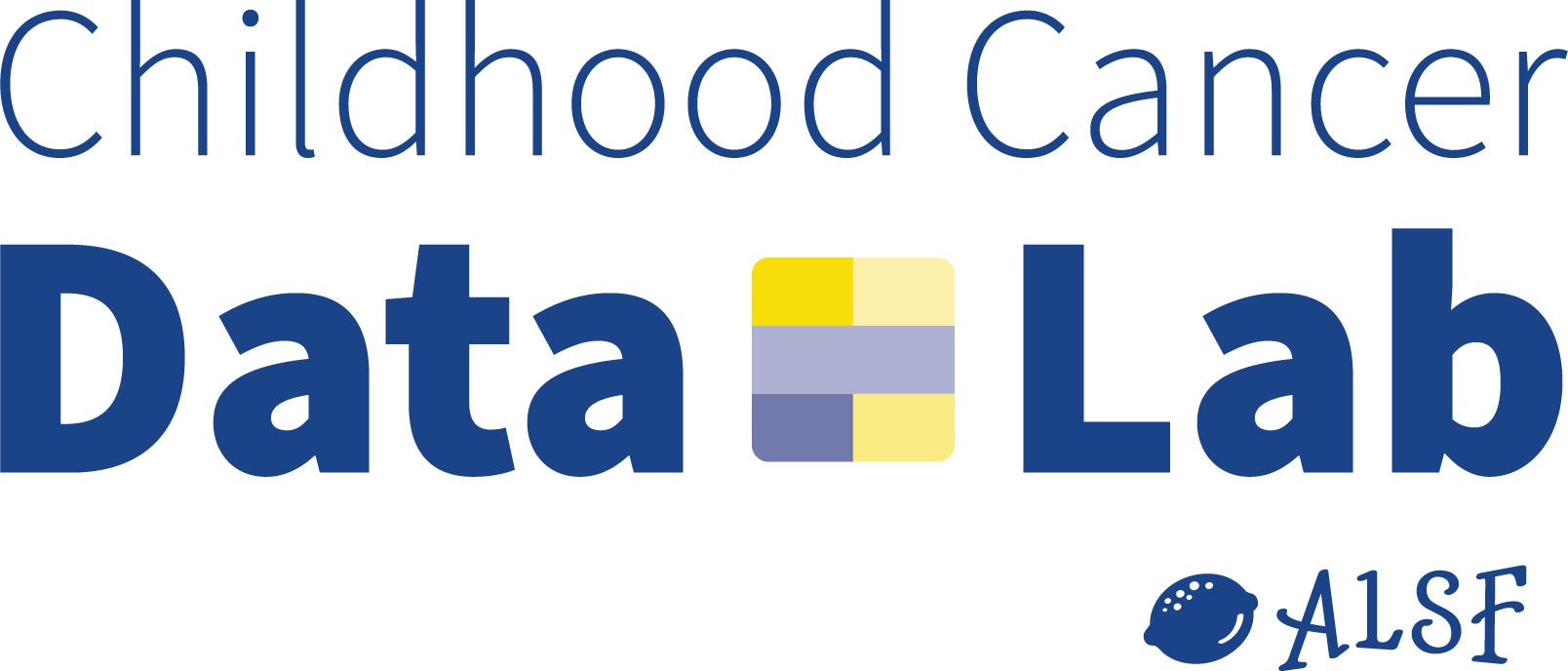Includes Bulk RNA-Seq
23 Downloadable Samples
Cell
10Xv3
Bulk RNA-seq
Pediatric brain tumors are now the most common cause of mortality from disease in childhood. Molecular characteristics of pediatric high- and low-grade gliomas (PHGG and PLGG), the most common tumor category overall, are crucial to treatment and outcomes, but the impact of these characteristics and of the variety of cell populations in these tumors is poorly understood. We performed single-cell RNA-sequencing on viably banked single cell samples of high- and low- grade glial tumors from children treated at Children’s Hospital Colorado. These samples are part of ongoing single-cell pediatric brain tumor banking that our group initiated a decade ago. The maturity of this resource, collected over a decade, provides us with the opportunity to perform well-powered outcome association studies. Samples are collected during routine surgery and immediately disaggregated to isolate single cells. These are then viably frozen in DMSO and banked for later use. We have tumors that cover the variety of subtypes in each of these diseases, as well as comprehensive clinical information on these cases, which will allow us to correlate molecular subtypes and research findings with these clinical measures. Here, we perform single-cell RNA-sequencing on 23 samples from patients with PHGG. In PHGG, we aim to understand the extent to which pediatric HGG stem like cells may differentiate into other cell types found in HGG tumors, or whether the non-stemlike cells may be derived from host tissue; whether gene expression is altered in host cells as the result of interactions with tumor stem cells; and the extent to which specific gene expression patterns among tumor cell subpopulations correlate with outcome measures such as mortality or event-free survival. These studies will significantly advance our understanding of disease biology and provide the detailed molecular and functional insights needed to identify new therapeutic targets for these biologically and clinically heterogeneous tumors.
42 Downloadable Samples
Nucleus
10Xv2_5prime, 10Xv3.1
Pediatric brain cancers are the most common solid tumors in children with varying survival rates depending on molecular features of cancer cells and associated microenvironment. Several studies have used single-cell RNA sequencing to define transcriptional programs active in cancer cells and highlighted supportive roles of non-cancerous cells embedded in these tumors. Although application of single-cell RNA sequencing technology has expanded our understanding of intratumoral heterogeneity and underlying transcriptional mechanisms in brain tumors at diagnosis, mechanisms of disease remains elusive. Therefore, the purpose of this proposal is to characterize cellular and transcriptional states of malignant and non-malignant compartments at primary diagnosis and at relapse. In this study, we performed single-nuclei sequencing of 42 patient samples taken at various disease stages (initial diagnosis, progressive disease, and relapsed disease) from 20 patients with low-grade glioma or Atypical Teratoid Rhabdoid Tumor (ATRT). Bulk whole genome and RNA-seq data for these samples are available from the Children’s Brain Tumor Network and the Gabriella Miller Kids First Data Resource Center. Findings from our study will help define the mechanistic shifts of tumor and non-cancerous cells over course of disease progression. Collectively with the single-cell Pediatric Cancer Atlas funded, this project lays the foundation of an important data set focused on lethal relapsed cancers that can continue to be expanded to identify cancer-intrinsic and extrinsic microenvironmental factors supporting recurrence of pediatric brain tumors.
15 Downloadable Samples
Nucleus
10Xv3.1
Pediatric tumors are rare and deadly diseases, currently the leading cause of disease related death in children (Ped), adolescent and young adults (AYA) - Ped-AYA. Gliomas are the most common brain tumor in the Ped-AYA group and malignant high-grade glial lesions remain incurable. The most underserved and understudied group for that disease are the older children, the adolescent group and young adults ranging in age between 15 to 39. Historically, gliomas were explored within two groups: pediatric and adults and AYA glioma were analyzed as a fraction of the adult's population study while patients were distributed through pediatric and adult hospital due to undefined age-related intervention. We identified the unmet need to explore the pediatric population with the AYA age group as these were never studied together. We utilized Ped-AYA HGG samples from the Children's Brain Tumor Network (CBTN). This cohort represents 15 tumor events obtained from 9 patients, with a mix of primary-progression and progression-recurrent tumor pairs. Matched tumor/normal WGS or tumor WGS, tumor RNA-Seq, methylation, and proteogenomics data are available from this cohort through https://github.com/d3b-center/hope-cohort-analysis.

